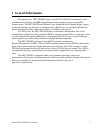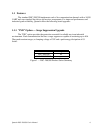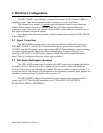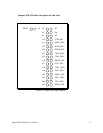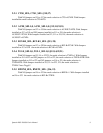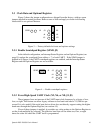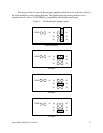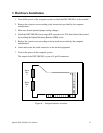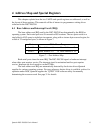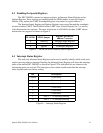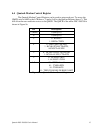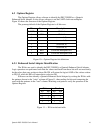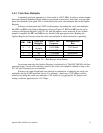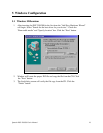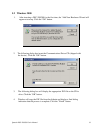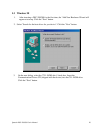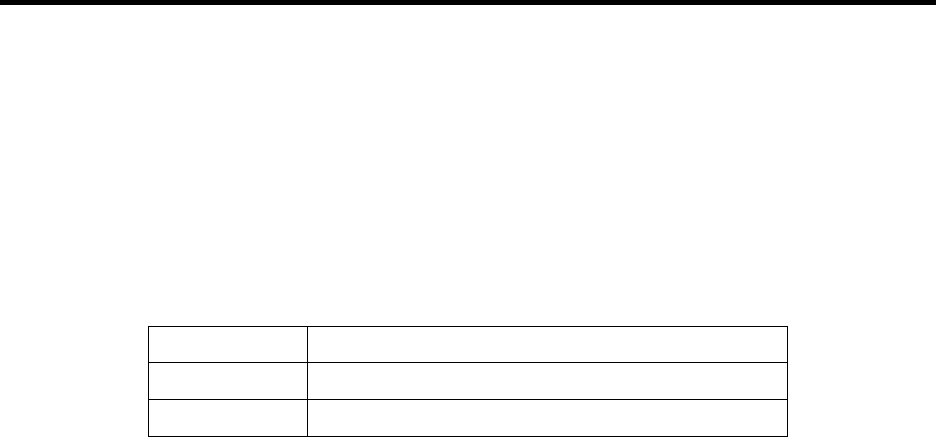
4 Address Map and Special Registers
This chapter explains how the two UARTs and special registers are addressed, as well as
the layout of those registers. This material will be of interest to programmers writing driver
software for the DSC-200/300.
4.1 Base Address and Interrupt Level (IRQ)
The base address and IRQ used by the DSC-200/300 are determined by the BIOS or
operating system. Each serial port uses 8 consecutive I/O locations. The two ports reside in a
single block of I/O space in eight-byte increments, along with a sixteen-byte reserved region, for
a total of 32 contiguous bytes, as shown in Figure 7.
Base Address + 8 to Base Address + 15Serial 2
Base Address + 0 to Base Address + 7Serial 1
I/O Address RangePort
Figure 7 --- Port Address Map
Both serial ports share the same IRQ. The DSC-200/300 signals a hardware interrupt
when either port requires service. The interrupt signal is maintained until no port requires
service. Interrupts are level-sensitive on the PCI bus.
The base address and IRQ are automatically detected by the device drivers Quatech
supplies for various operating systems. For cases where no device driver is available, such as for
operation under DOS, Quatech supplies the "QTPCI" DOS software utility for manually
determining the resources used. See page 31 for details.
Quatech DSC-200/300 User's Manual 13



